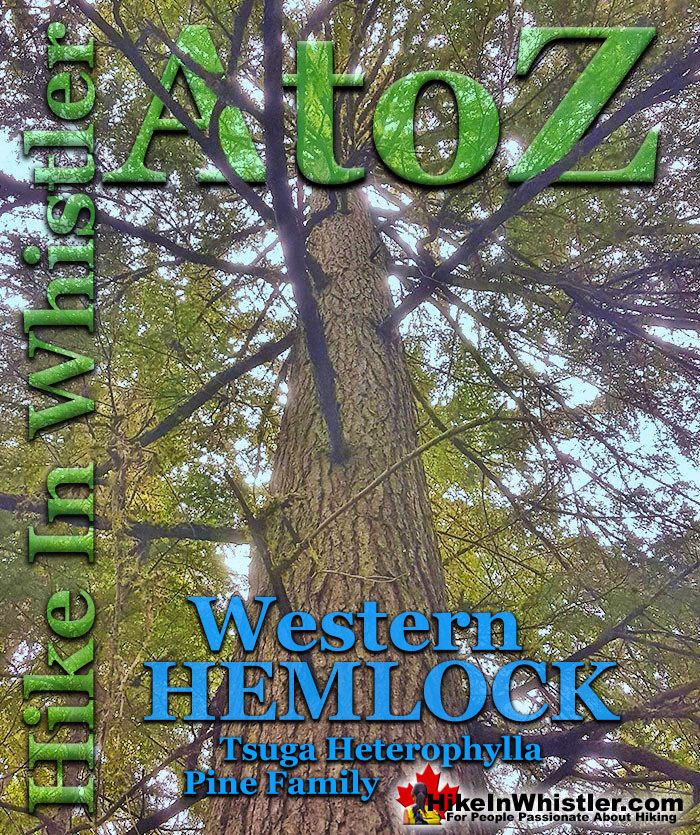
![]() Western hemlock (tsuga heterophylla) is a large evergreen coniferous tree that is native to the west coast of North America. Unlike many other trees in Whistler, western hemlocks don't mind growing in the shade, and their tolerance for shade is only surpassed by two other local trees, the Pacific yew and Pacific silver fir. The Pacific yew and the Pacific silver fir are also quite numerous in Whistler and manage to thrive under the taller and more established trees blocking much of the sunlight.
Western hemlock (tsuga heterophylla) is a large evergreen coniferous tree that is native to the west coast of North America. Unlike many other trees in Whistler, western hemlocks don't mind growing in the shade, and their tolerance for shade is only surpassed by two other local trees, the Pacific yew and Pacific silver fir. The Pacific yew and the Pacific silver fir are also quite numerous in Whistler and manage to thrive under the taller and more established trees blocking much of the sunlight.
Whistler & Garibaldi Hiking
![]() Alexander Falls
Alexander Falls ![]() Ancient Cedars
Ancient Cedars ![]() Black Tusk
Black Tusk ![]() Blackcomb Mountain
Blackcomb Mountain ![]() Brandywine Falls
Brandywine Falls ![]() Brandywine Meadows
Brandywine Meadows ![]() Brew Lake
Brew Lake ![]() Callaghan Lake
Callaghan Lake ![]() Cheakamus Lake
Cheakamus Lake ![]() Cheakamus River
Cheakamus River ![]() Cirque Lake
Cirque Lake ![]() Flank Trail
Flank Trail ![]() Garibaldi Lake
Garibaldi Lake ![]() Garibaldi Park
Garibaldi Park ![]() Helm Creek
Helm Creek ![]() Jane Lakes
Jane Lakes ![]() Joffre Lakes
Joffre Lakes ![]() Keyhole Hot Springs
Keyhole Hot Springs ![]() Logger’s Lake
Logger’s Lake ![]() Madeley Lake
Madeley Lake ![]() Meager Hot Springs
Meager Hot Springs ![]() Nairn Falls
Nairn Falls ![]() Newt Lake
Newt Lake ![]() Panorama Ridge
Panorama Ridge ![]() Parkhurst Ghost Town
Parkhurst Ghost Town ![]() Rainbow Falls
Rainbow Falls ![]() Rainbow Lake
Rainbow Lake ![]() Ring Lake
Ring Lake ![]() Russet Lake
Russet Lake ![]() Sea to Sky Trail
Sea to Sky Trail ![]() Skookumchuck Hot Springs
Skookumchuck Hot Springs ![]() Sloquet Hot Springs
Sloquet Hot Springs ![]() Sproatt East
Sproatt East ![]() Sproatt West
Sproatt West ![]() Taylor Meadows
Taylor Meadows ![]() Train Wreck
Train Wreck ![]() Wedgemount Lake
Wedgemount Lake ![]() Whistler Mountain
Whistler Mountain
![]() January
January ![]() February
February ![]() March
March ![]() April
April ![]() May
May ![]() June
June ![]() July
July ![]() August
August ![]() September
September ![]() October
October ![]() November
November ![]() December
December
Western Hemlock trees are numerous in the temperate rainforests along the west coast of Canada and the US almost entirely within 100 kilometres from the ocean. In Whistler they tend to grow alongside, and often in the shadow of Whistler spruce and Douglas-firs. Starved of sunlight western hemlocks can survive and grow for many years before reaching a gap in the forest canopy. This hardy ability to relentlessly survive in the shade of other trees and eventually pierce the canopy allows western hemlocks to usually outlive their neighbours. They are known as a climax species as they remain relatively unchanged in terms of species composition unless a forest fire or other calamity descends on the forest. Western hemlocks do well in the long-term despite being outcompeted in the short term by pioneer species such as the fast-growing paper birch. Mature western hemlocks usually range in height from 30 to 50 metres tall and have a narrow crown, drooping branches and the leader, or top most branch will be bent over. The needles are arranged in a somewhat flat pattern of irregular length on either side of the twig. The individual needles are flat, glossy, soft and dark green coloured. The underside of the needle has two white bands of stomata separated by a narrow green midrib. The plentiful seed cones are small, very numerous and nearly round in shape. Western hemlock wood is easily carved and has an even grain making it excellent for milling into lumber for doors, stairs, ladders and furniture. The indigenous tribes along the west coast of North America have been carving western hemlock into spoons, combs, bowls and countless other implements for thousands of years. They also derived a red dye from the bark and used it for tanning hides and colouring totem poles, canoes, paddles and masks. Hemlock trees bear no relation to the poisonous plant of the same name; however, they were named after the hemlock due to the similar smell when crushed. The scientific name for western hemlock is tsuga heterophylla, which translates from the Japanese word tsu-ga, the elements for "tree" and "mother", and heterophylla which is Greek for "different leaves".
How to Identify a Western Hemlock in Whistler
Identifying a western hemlock in Whistler is not too difficult if you know what to look for. They are very different in appearance to the western redcedar, however fairly similar to the coast Douglas-fir and the Whistler spruce. The image below shows a comparison of the three similar trees as you would get from a typical Whistler trail. From up close, they look quite similar, however the first difference you will likely notice is the different look of the bark.
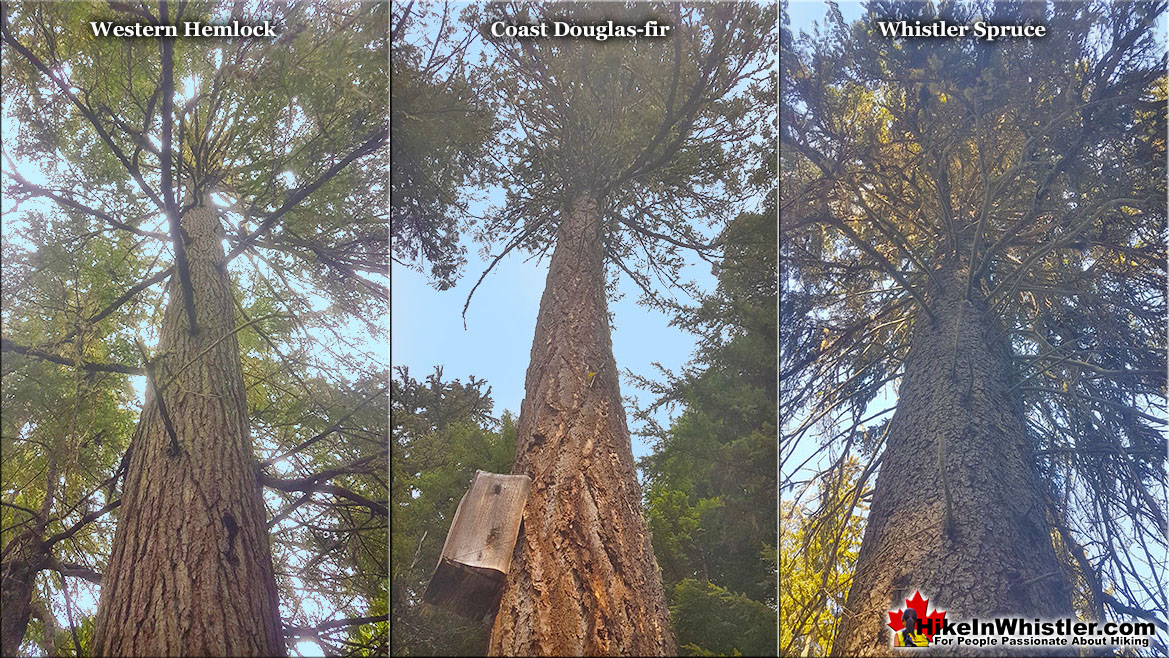
Western Hemlock Bark
Western hemlock bark is furrowed considerably less than Douglas-fir bark, though they both have a similar vertical pattern. The furrows on Douglas-fir bark can be 20 centimetres deep, while on western hemlocks the bark is far thinner with furrows well under 5 centimetres deep. There is also a recognizable colour difference, with Douglas-fir bark having orange highlights, while western hemlock bark has a more monotone greyish brown. The bark on Whistler spruce trees is of similar colour to western hemlocks, however the furrow pattern is very different. Where the western hemlock bark is furrowed in vertical strips, Whistler spruce bark is furrowed in small, round sections that look like corn flakes. Compared side by side western hemlock bark and Whistler spruce bark are easily differentiated, but individually they are not so easily recognized.
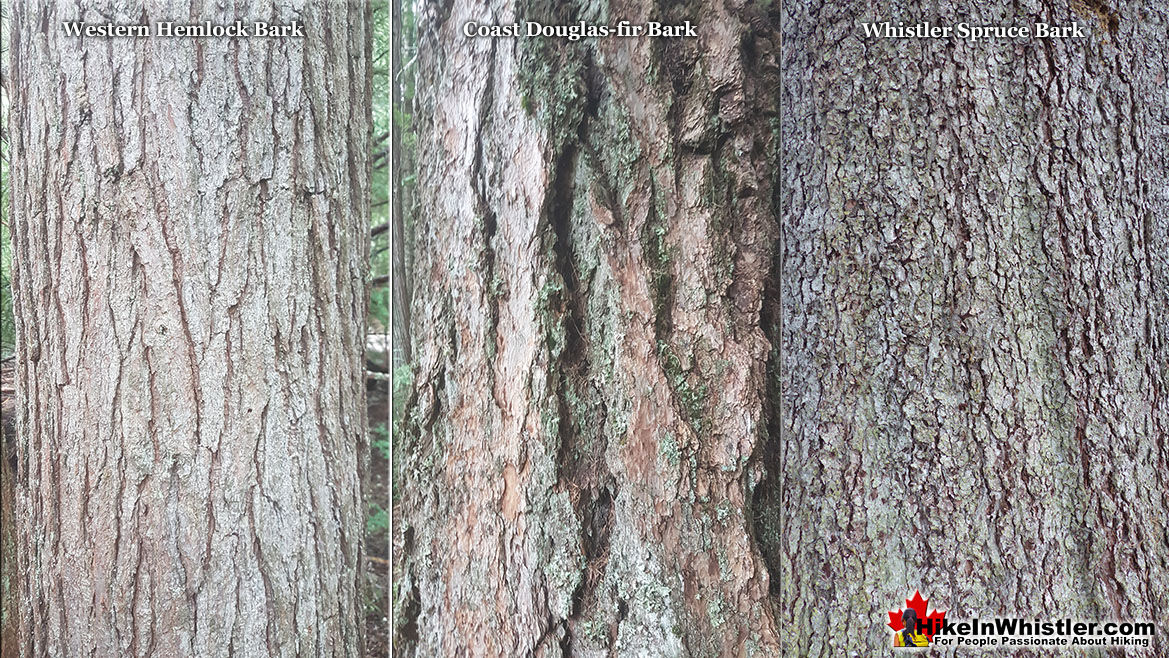
Western Hemlock Needles
Western hemlock needles are fairly easy to differentiate from other similar trees. The first thing to look for is the arrangement of the needles on each side of the twig in roughly the same plane. Coast Douglas-fir, Whistler spruce and mountain hemlock needles are arrayed all around the twig. In particular, mountain hemlock needles are often described as looking like a bottle brush, a sharp contrast to the near flat array found on western hemlock needles. One tree in Whistler that has a similarly flat array of needles is the Pacific yew. The needles of the two trees are similar in colour and both trees grow in the same areas of Whistler, but there are some subtle differences. First, the Pacific yew needles are arrayed in a very flat plane, while the western hemlock needles are not so flatly organized. Second, the Pacific yew needles are uniform in length, while the western hemlock needles are irregular in length, with short and long needles side by side.
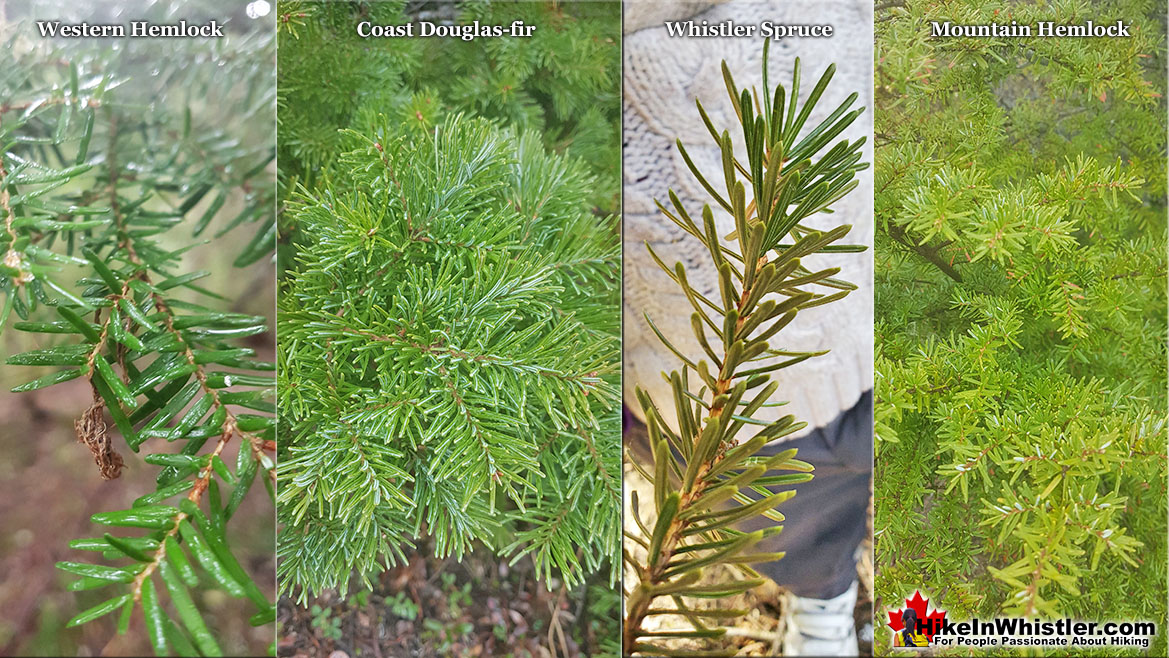
Another good way to identify a western hemlock is by looking at the leader. The leader is the top, upward pointing stem of a tree, and on both western hemlock and mountain hemlock trees it will be bent over. This contrasts distinctly with coast Douglas-fir leaders which tend to point straight up. Along with the drooping leader, both western hemlocks and mountain hemlocks have drooping branches, which also contrasts with the coast Douglas-fir branches that bend upward. From a distance the leaders of western hemlocks and western redcedars have a similar drooping form, however western redcedars have a flat spray pattern overall and very different looking needles.
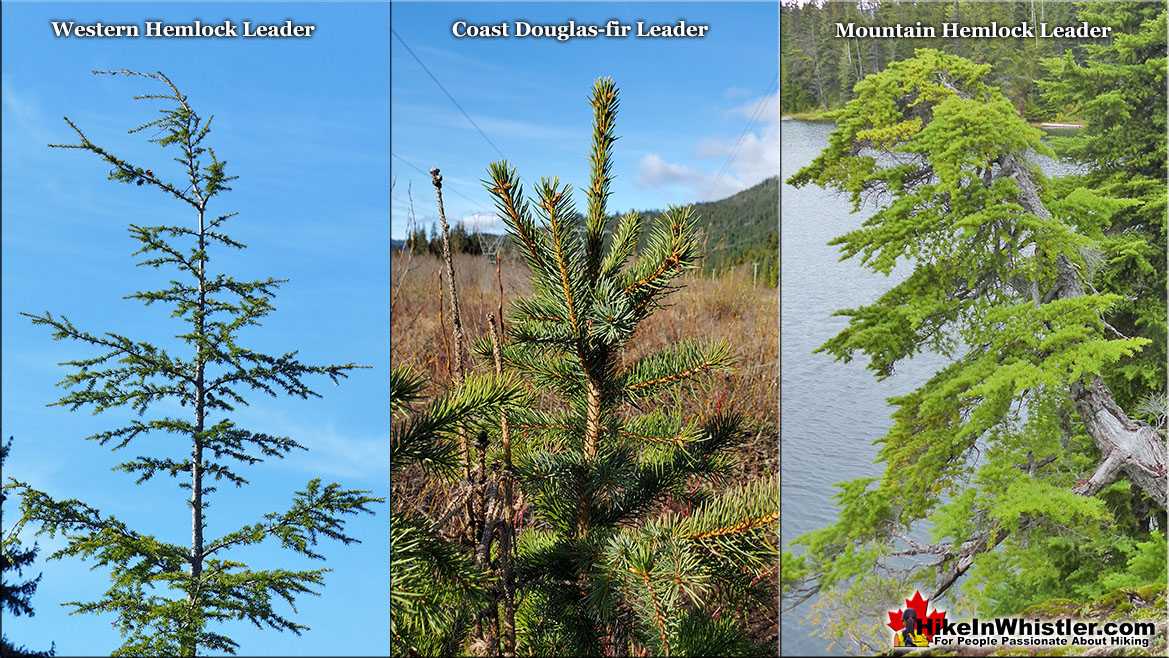
Western Hemlocks in Whistler
Western hemlocks are everywhere in Whistler and you will find them along the Valley Trail and in almost all the parks. In Whistler Village you will see plenty along Fitzsimmons Creek in the thick forest from Rebagliati Park. Possibly the oldest and most impressive trees can be found along the trail to Cheakamus Lake. The Cheakamus Lake trail runs along the left or northeast side of Cheakamus River and continues along the edge of Cheakamus Lake. Right from the Cheakamus Lake trailhead you will see some beautifully enormous trees. Massive western redcedars, coast Douglas-firs and western hemlocks grow in this beautiful forest paradise. The largest and oldest western hemlocks in Whistler are thought to reside in the vicinity of the suspension bridge at 1.5 kilometres that takes you across Cheakamus River and up the steep trail toward Helm Creek, Panorama Ridge, Black Tusk and Taylor Meadows. Closer to Whistler Village, you will find lots of impressive western hemlocks in Emerald Forest and along the River of Golden Dreams. The Ancient Cedars forest at the edge of Cougar Mountain there is a nice information board about western hemlocks in Whistler. Though as the info board pictured here points out, more impressive western hemlocks grow outside the Ancient Cedars grove.
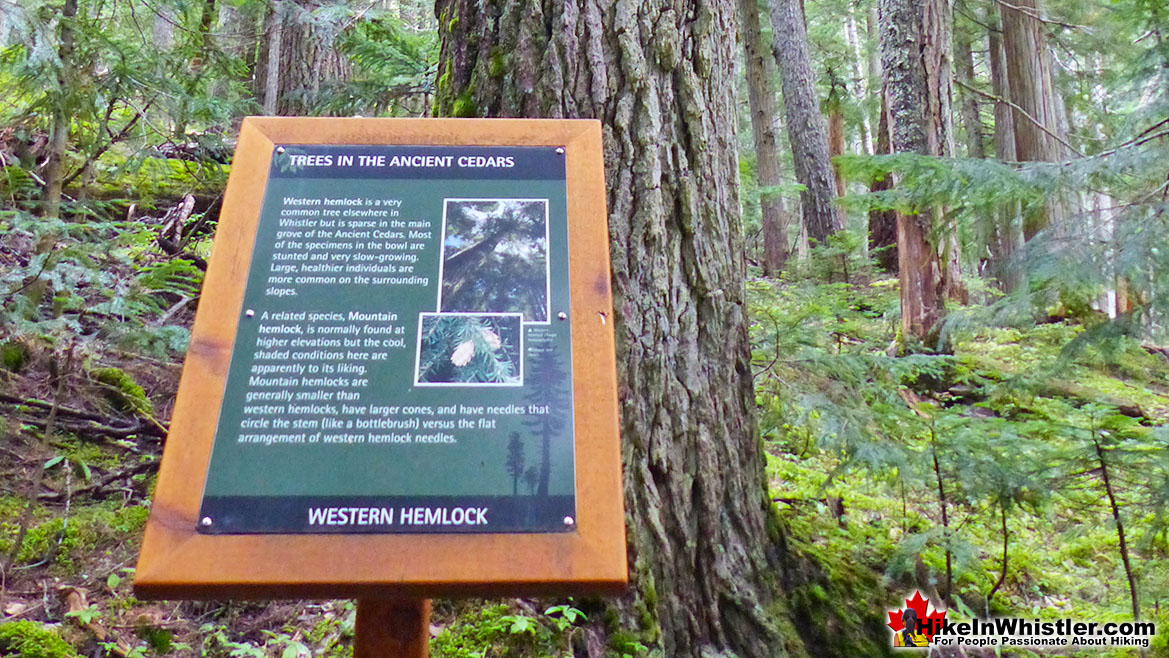
More Whistler & Garibaldi Park Hiking A to Z!
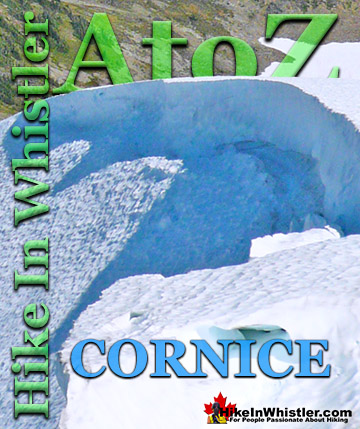

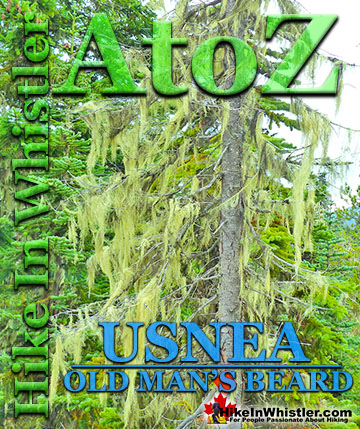

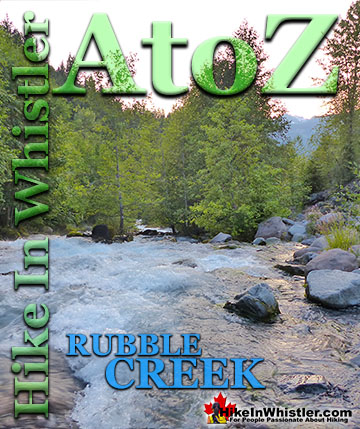
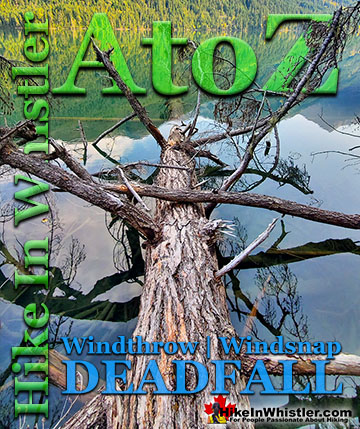
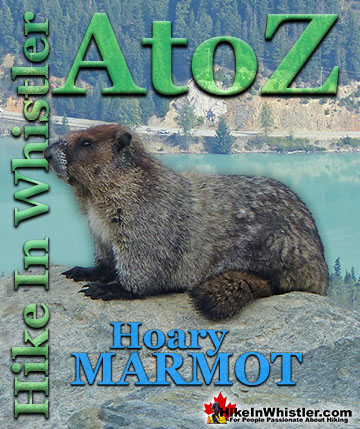
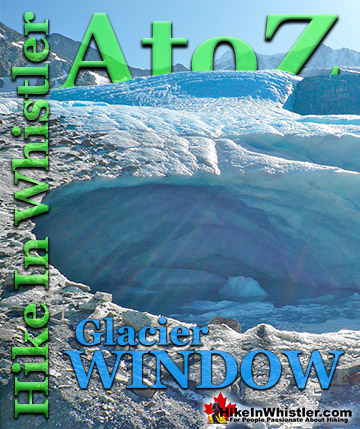
The Best Whistler & Garibaldi Park Hiking Trails!
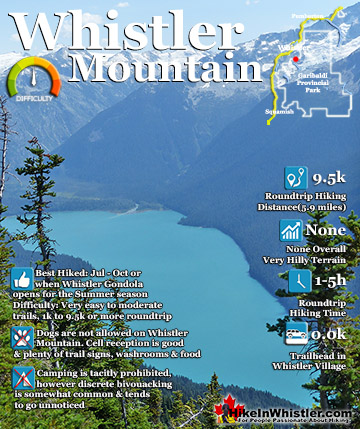
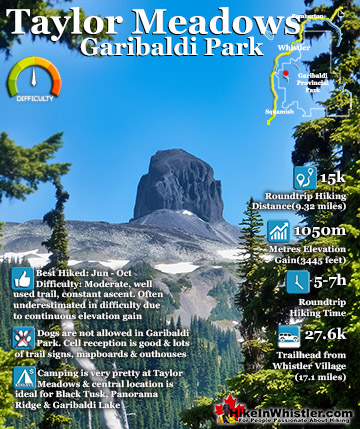
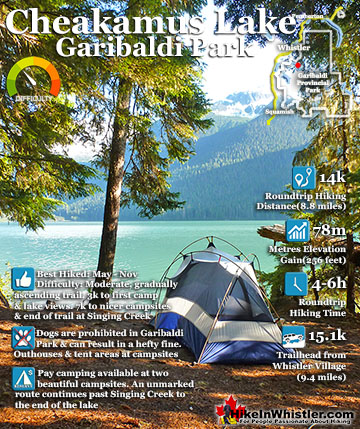
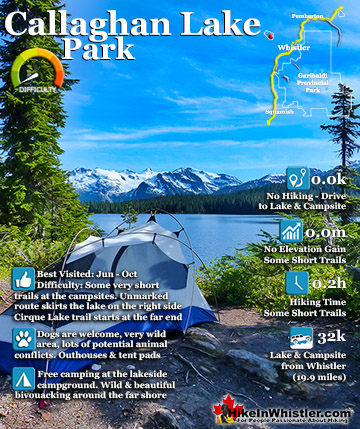
Whistler & Garibaldi Park Best Hiking by Month!
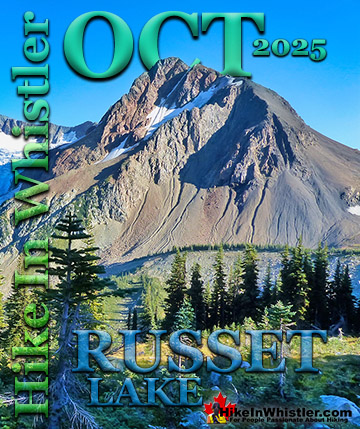
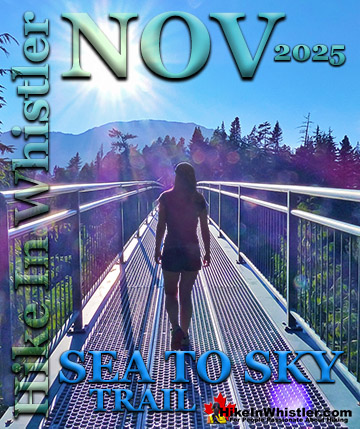
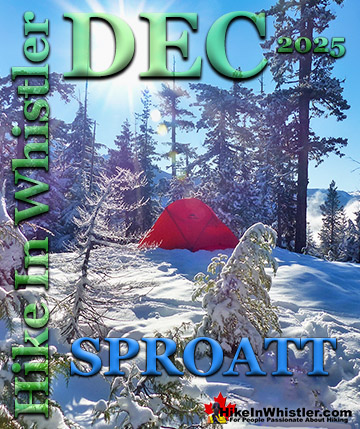
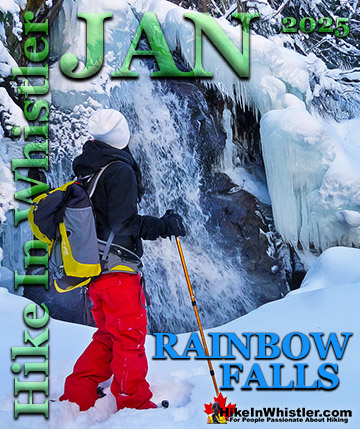
Explore BC Hiking Destinations!
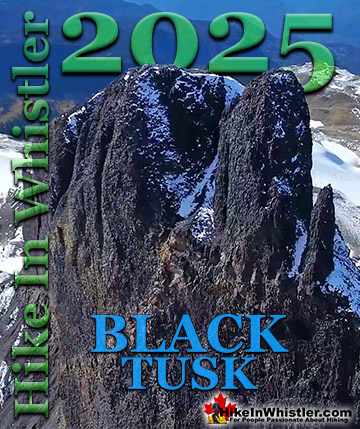
Whistler Hiking Trails
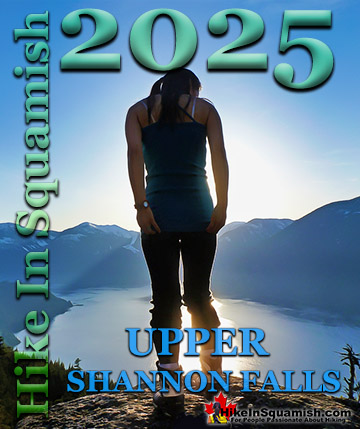
Squamish Hiking Trails

Vancouver Hiking Trails

Clayoquot Hiking Trails

Victoria Hiking Trails




